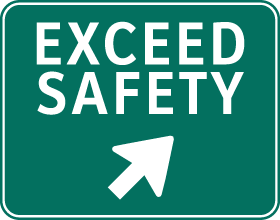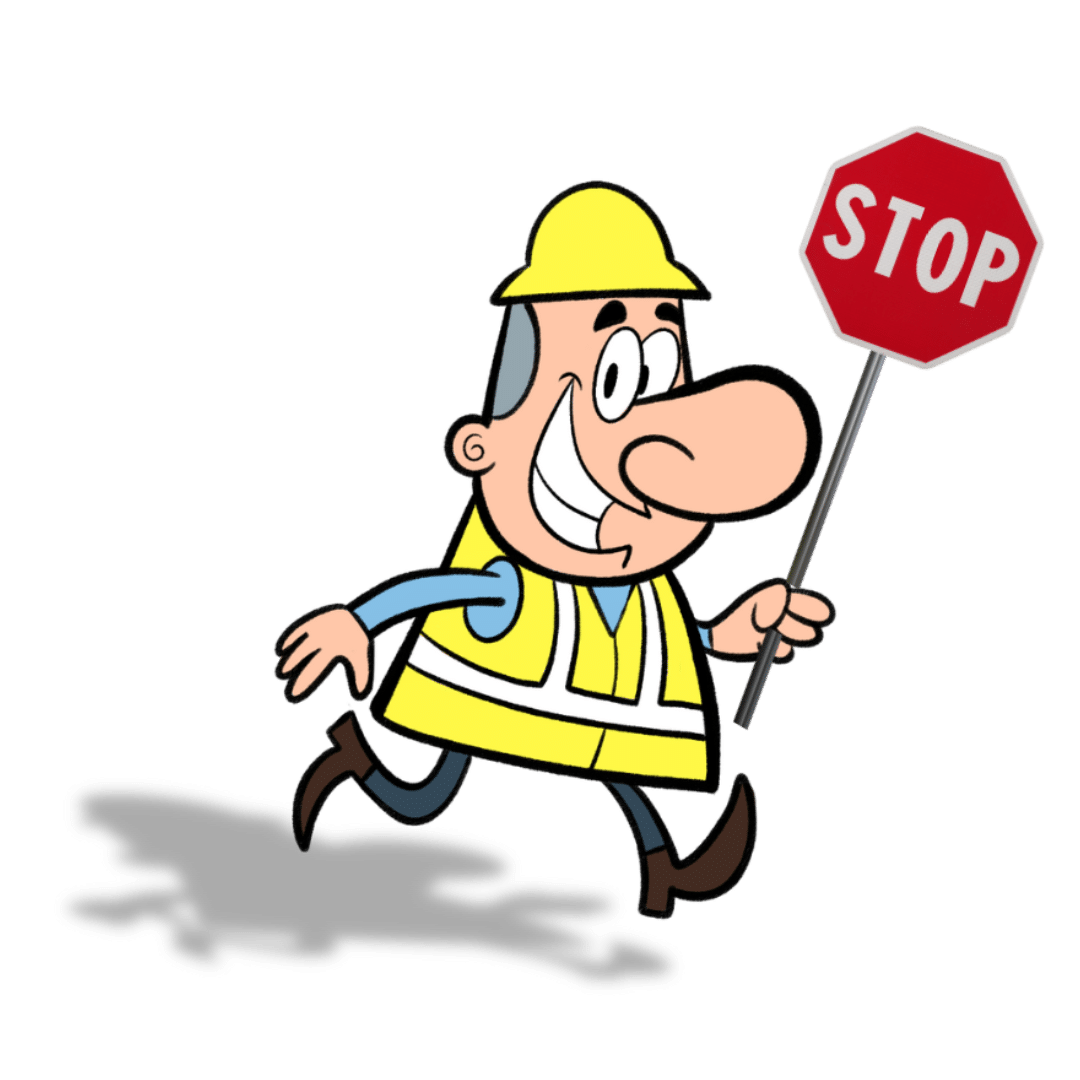Overview & Objectives
No matter which industry you work in, you may be required to work near or directly with hazardous chemicals. As a result, it’s important to correctly read Safety Data Sheets (SDS), which contain information about the ingredients, physical characteristics, exposure limits, and health hazards of chemical products. By taking How to Read an SDS for All Industries, course participants will receive Safety Data Sheet training that adheres to the Occupational Safety and Health Administration’s (OSHA) and the Globally Harmonized System of Classification and Labeling of Chemicals’ (GHS) standards.
NOTE: This course is based on the OSHA Hazard Communication Standard (HCS) as found in 29 CFR 1910.1200(g).
Combining theoretical training with brief, intermittent assessments, this course teaches participants to use the SDS to inform their evaluation and handling of hazardous chemicals. Some of the topics covered in this module include:
- SDS interpretation, focusing on sections 1 through 16
- Hazard communication (HAZCOM)
- Employer responsibilities
- Workers’ right-to-know
- Safe work practices
- OSHA and GHS standards for handling workplace chemicals
Who is this Course for?
How to Read an SDS for All Industries is designed for anyone who wants to learn how to evaluate and handle hazardous chemicals, including the following professionals:
- Workers
- Supervisors
- Managers
- Employers
Features & Benefits
After completing this course, participants will be able to properly read and interpret an SDS. This skill will allow them to use safe work practices while handling chemicals, including personal protective equipment (PPE) and proper hygiene. By learning to read an SDS, they will also be able to determine the exposure, health effects, and emergency and first-aid procedures for specific chemicals. This course also teaches participants how to store and dispose of chemicals according to state and federal regulations and will allow participants to identify cancer-causing chemicals.
Upon completion, you will receive:
- 0.1 Continuing Education Units from an accredited IACET provider
- A certificate of completion
All course participants must complete the full course with a score of at least 80% at each knowledge checkpoint and fill out the course evaluation to receive his or her certificate of completion.
In Person Training
Participants in our in-person courses can expect to be taught by our most skilled and experienced instructors. Our instructors strive to make our in-person classes dynamic by incorporating meaningful activities that allow peer-to-peer discussion and collaboration, hands-on learning, and real-life examples. Participants will also be able to have most questions answered while attending the class. Some of our classes are available via Zoom (just call us for more information) and can be combined with virtual-blended learning.


